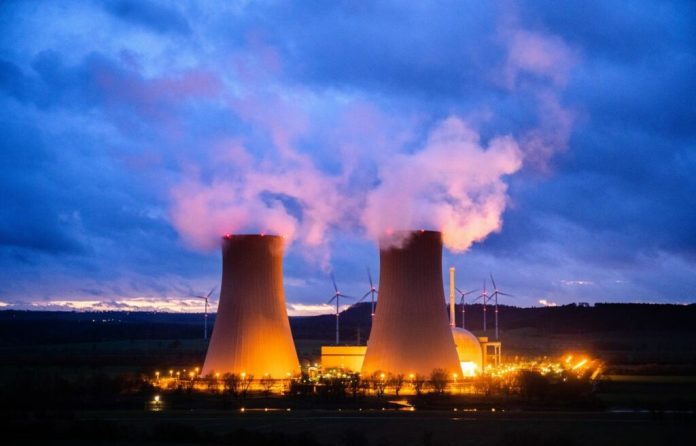In 2022, 13 EU countries with nuclear electricity generation generated 609,255 gigawatt hours (GWh) of nuclear electricity (-16.7 % compared to 2021), Eurostat reports.
This was the lowest level of electricity generation recorded since 1990, the first year for which comparable data are available for all EU countries. Nevertheless, nuclear power plants accounted for more than a fifth (21.8%) of total EU electricity production.
The decline is largely due to reactor maintenance and repairs in the EU’s largest nuclear power producer, France. In 2022, French nuclear power plants produced 84,630 GWh less electricity (-22 %) than in 2021. In addition, Germany permanently shut down three of its reactors on the last day of 2021, halving its nuclear power production (from 69,130 GWh in 2021 to 34,709 GWh in 2022). One reactor in Belgium was also shut down in September 2022. Including these four shutdown reactors and one new reactor in Finland, there are 103 operating nuclear reactors in the EU at the end of 2022, compared to 106 at the end of 2021.
France produced almost half of the EU’s total nuclear power (48.4 per cent; 294,731 GWh), followed by Spain (9.6 per cent; 58,590 GWh), Sweden (8.5 per cent; 51,944 GWh) and Belgium (7.2 per cent; 43,879 GWh). These four countries together produced 73.7 per cent of the total electricity from nuclear sources in the EU.
France remains the EU country most dependent on nuclear power, accounting for 62.8 per cent of all electricity generated in the country in 2022. The only EU country with more than half of its electricity generated from nuclear power plants was Slovakia (60.2 per cent). The Netherlands (3.4 %) and Germany (6.0 %) are the least dependent on nuclear power.
